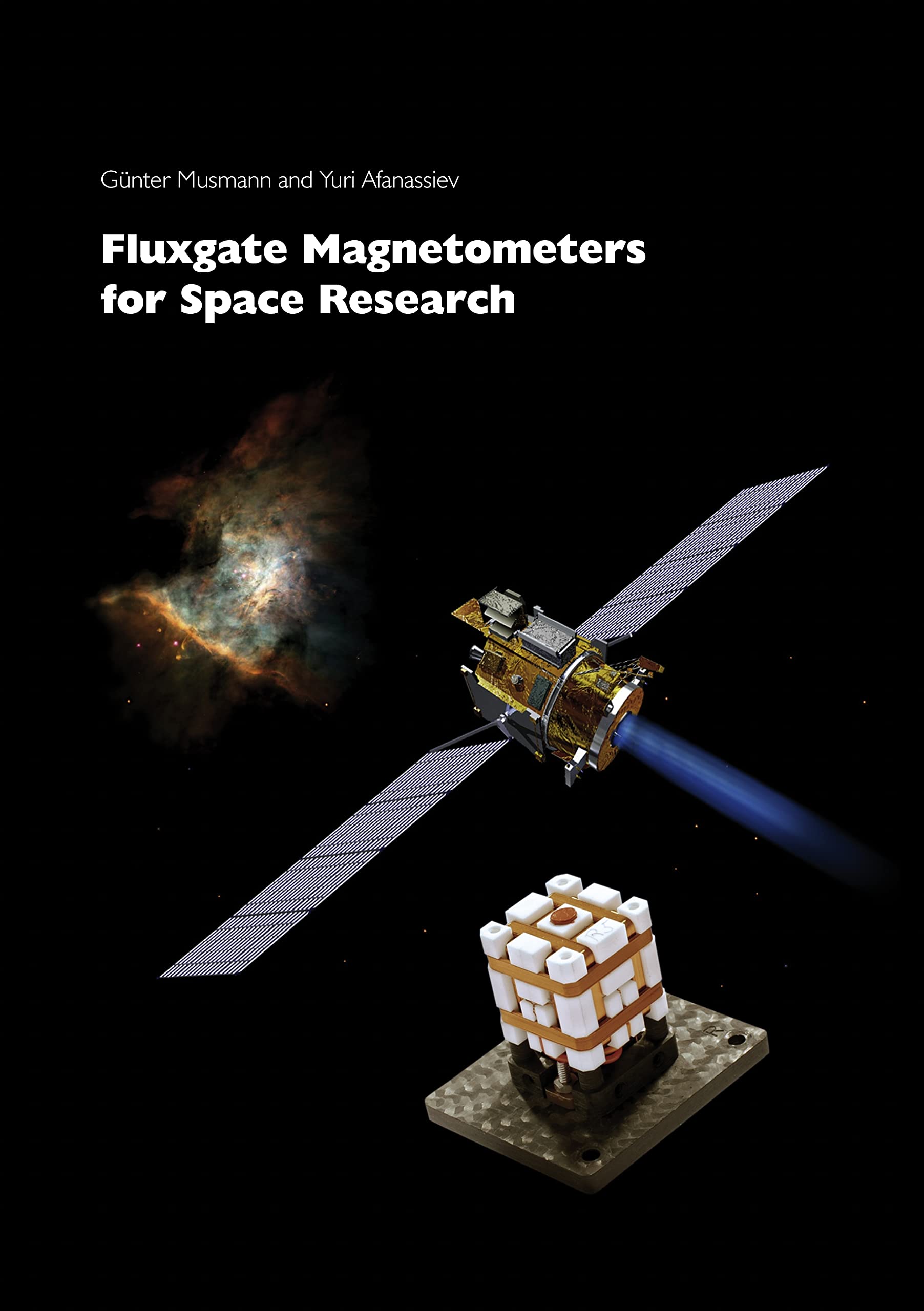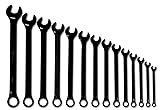All Categories


Fluxgate Magnetometers for Space Research
Share Tweet
Get it between 2025-11-03 to 2025-11-10. Additional 3 business days for provincial shipping.
*Price and Stocks may change without prior notice
*Packaging of actual item may differ from photo shown
- Electrical items MAY be 110 volts.
- 7 Day Return Policy
- All products are genuine and original
- Cash On Delivery/Cash Upon Pickup Available








Fluxgate Magnetometers for Space Research Features
-
Used Book in Good Condition
About Fluxgate Magnetometers For Space Research
All fluxgate magnetometers are based on the theory of H.Aschenbrenner and G.Goubau developed in 1936 and the first fluxgates developed by F.Förster.Already the early satellites like putnik 3(Dolginov-Russia,1958), Mariner 4 (NASA/USA,1964), the first German satellite AZUR (Musmann, 1969) studying the magnetic fields of the Earth, Moon, Venus, Mars and other planets were using fluxgate magnetometers up to the latest NASA/ESA investigations on CASSINI (1998), and ESA's Rosetta(2004) and the first Ion Engine spacecraft\, NASA-DEEP-SPACE-ONE(Musmann/Kuhnke,1998), (see cover.) Very precise Earth magnetic field measurements in space have been made using fluxgate magnetometers in combination with scalar magnetometers (MAGSAT-Acuna,1979;OERSTED -Primdahl,1999;CHAMP-Lühr,2000) Only a few detailed descriptions about the theory and how to design and calibrate space fluxgate magnetometers and how to get reliable accurate magnetic field component measurements in space have been published.Therefore the worldwide small space fluxgate magnetometer community decided to document and save all their relevant know-how on space fluxgate magnetometers in this book before retirement.




























